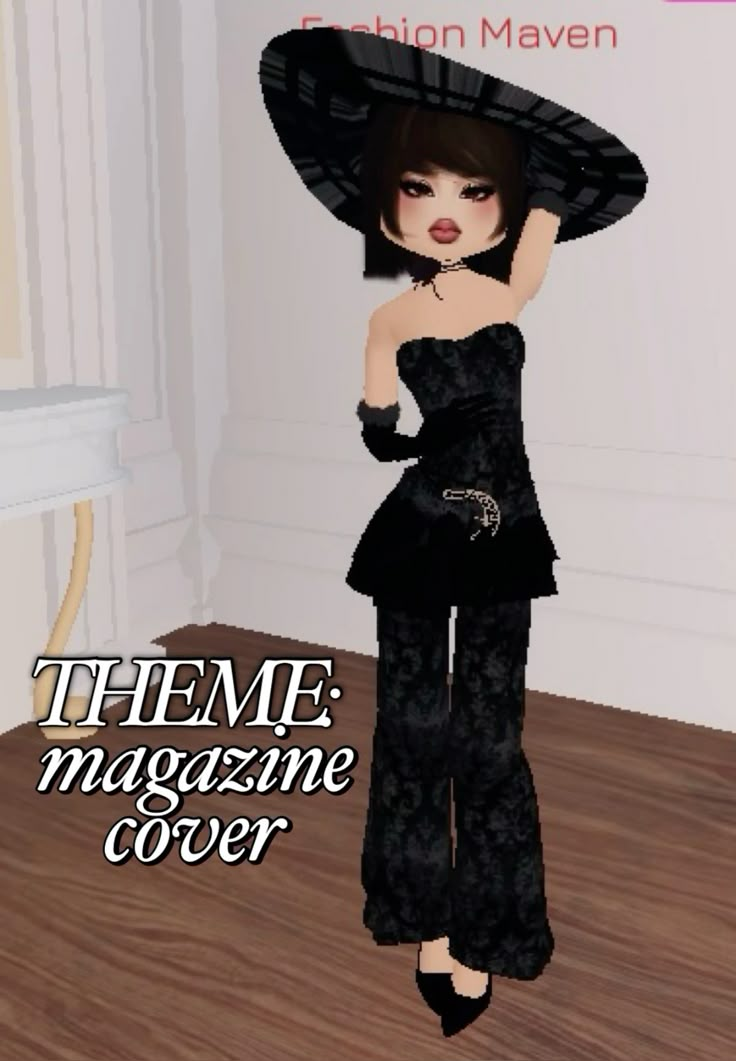In the realm of fashion, the phrase “dress to impress” encapsulates a philosophy that transcends mere clothing choice; it embodies the art of self-expression and the nuances of personal branding. Magazine covers often glorify extravagant designs and haute couture, compelling one to ponder: how much do our choices in attire truly impact our perception in the eyes of others? This inquiry can lead us down interesting paths, examining societal expectations and environmental implications of fashion trends.
When considering the concept of “dressing to impress,” one must first acknowledge the criteria by which we judge aesthetics. Styling choices are often steeped in cultural norms and personal aspirations. Fashion can be seen as a visual language, conveying meanings that sometimes verge on the arcane. Individuals frequently navigate through a labyrinth of choices, balancing their innate desires for individuality with societal pressures for conformity. This dichotomy raises an eyebrow-raising challenge: how can we craft distinctive looks that honor our unique identity while also mitigating the environmental impacts associated with fashion production?
To elaborate on that challenge, it is pertinent to delve into the environmental ramifications of fast fashion and its adversities. The proliferation of inexpensive clothing leads to rampant consumerism and waste, with many garments relegated to landfills after only a few wears. In fact, a staggering amount of synthetic fibers like polyester, which are prevalent in mass-produced clothing, can take hundreds of years to decompose. This begs the question: is the transient thrill of wearing the latest trend worth the ecological cost? When aiming to impress, could consciously selecting sustainable fashion serve as a more impactful statement?
Navigating the fusion of personal style and sustainability calls for a keen awareness of fabric choices and sourcing practices. Opting for natural fibers, such as organic cotton or linen, demonstrates an eco-conscious mindset. Furthermore, supporting local artisans and sustainable brands can reduce the carbon footprint associated with long-distance transportation of goods. Promoting this knowledge within one’s community transforms the act of dressing into a platform for advocacy. Instead of merely striving to captivate attention, one can inspire critical conversations surrounding ethical consumption.
The interplay between fashion, culture, and identity is also significant when crafting a magazine cover-worthy outfit. Consider the color palette and silhouettes that resonate with one’s personal narrative. Each hue elicits emotional responses; for instance, greens might symbolize renewal, while reds could evoke passion. This isn’t solely a stylistic endeavor; it’s an opportunity to use fashion as a medium for storytelling. What story do you wish to tell? Aligning fashion choices with personal history not only elevates style but also challenges the homogeneous narratives often propagated by mainstream media.
As one contemplates the construction of a magazine cover look, embodying confidence becomes essential. Posing may seem superficial, yet it is a profound interplay of body language and self-perception. For instance, an open posture signals confidence, which in turn becomes magnetic. Crafting a plan for poses that highlight one’s unique garment choices is equally important. A well-executed pose can transform a simple outfit into an iconic statement, effectively captivating the viewer’s attention and driving the point home: fashion is a reflection of self, influenced by broader environmental consciousness.
In the midst of this exploration, it is imperative to recognize the influence of social media on fashion dissemination. With platforms such as Instagram and Pinterest, the visual representation of style has undergone a transformation. Individuals are no longer passive consumers; they are active participants in the fashion discourse, offering insights that transcend geographic boundaries. Influencers wield the power to shape trends, making it crucial to challenge the hyper-consumer content that often saturates feeds. Are these trends favoring fast fashion, or are they leaning towards sustainable practices? Engaging with content that shines a light on eco-friendly styling can be a game changer, effectuating a ripple effect within one’s social circle.
The fashion lens also extends beyond garments; accessories play a pivotal role in curating the perfect “dress to impress” ensemble. However, considerations regarding materials and sustainable practices remain equally vital in this regard. Selecting vintage or handmade accessories not only expresses personal style but also emphasizes a commitment to reducing environmental impact. Each choice becomes a statement, a narrative woven into the fabric of one’s identity.
Ultimately, mastering the art of “dressing to impress” involves much more than superficial aesthetic considerations. It poses essential challenges regarding sustainability, personal expression, and the societal implications of our sartorial choices. As we navigate this complex landscape, let us ask ourselves: how can we elevate our fashion conundrums into opportunities for advocacy and environmental consciousness? In doing so, we can redefine what it truly means to impress, channeling our creativity and values into an impactful personal image. The future of fashion calls for innovative thinkers who view their wardrobe as a canvas to champion a sustainable, ethical movement, reshaping perceptions one outfit at a time.
